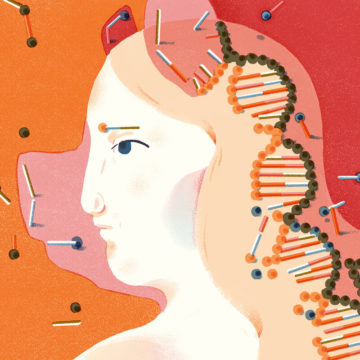From NPR:

The dream of animal-to-human transplants — or xenotransplantation — goes back to the 17th century with stumbling attempts to use animal blood for transfusions. By the 20th century, surgeons were attempting transplants of organs from baboons into humans, notably Baby Fae, a dying infant, who lived 21 days with a baboon heart.
With no lasting success and much public uproar, scientists turned from primates to pigs, tinkering with their genes to bridge the species gap. Pigs have advantages over monkeys and apes. They are produced for food, so using them for organs raises fewer ethical concerns. Pigs have large litters, short gestation periods and organs comparable to humans. Pig heart valves also have been used successfully for decades in humans. The blood thinner heparin is derived from pig intestines. Pig skin grafts are used on burns and Chinese surgeons have used pig corneas to restore sight.
In the NYU case, researchers kept a deceased woman’s body going on a ventilator after her family agreed to the experiment. The woman had wished to donate her organs, but they weren’t suitable for traditional donation. The family felt “there was a possibility that some good could come from this gift,” Montgomery said. Montgomery himself received a transplant three years ago, a human heart from a donor with hepatitis C because he was willing to take any organ. “I was one of those people lying in an ICU waiting and not knowing whether an organ was going to come in time,” he said.
Several biotech companies are in the running to develop suitable pig organs for transplant to help ease the human organ shortage. More than 90,000 people in the U.S. are in line for a kidney transplant. Every day, 12 die while waiting.
More here.
